Back to Page One
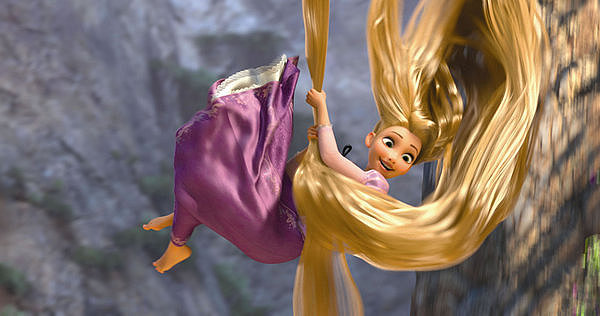
Story Map beats for Rapunzel (original Grimm’s Fairy Tale, source material for Tangled):
Opening: A WIFE convinces her HUSBAND to steal the delicious rampion from the garden of the powerful WITCH that lives next door.
Inciting Incident: The Husband goes back for more rampion and he is caught by the Witch. She puts a curse on him — he must give her his first-born child. RAPUNZEL, a beautiful, golden-haired girl is born and given to the Witch.
Strong Movement Forward: When Rapunzel is 12, the Witch locks her in a cell at the top of a tower with no stairs or door, only a single window. Rapunzel’s only visitor is the Witch, who climbs up Rapunzel’s long hair to reach her cell and bring her food.
End of Act One TURN and DECISION: The PRINCE is riding by one day and he hears Rapunzel’s lonely singing coming from the top of the tower. He can’t find a way into the tower so he rides by every day listening to her song.
First Trial/First Casualty: The Prince observes the Witch call out “Rapunzel, Rapunzel, let down your hair,” and climb up the hair. The Prince does the same, tricking Rapunzel and putting them both in danger.
Midpoint: They fall in love, get engaged and come up with a plan. The Prince will bring a piece of silk rope each time he visits, and over time Rapunzel will sew a ladder from the rope that she may climb down to escape.
Declaration of War: Just as the escape ladder is almost ready, The Witch learns of Rapunzel’s engagement to the Prince and she cuts off the girl’s hair and casts her into a desert.
End of Act Two TURN and DECISION: The Witch tricks the Prince into climbing up the cut hair to the top of the tower — she tells him Rapunzel is dead and he leaps from the tower in grief. He survives the fall but blinds himself on thorns.
True Point of No Return: The Prince wanders blind, for years, as Rapunzel bears two twin children in exile.
Climax: The Prince hears her voice and reunites with Rapunzel and their two children. Her tears cure his blindness.
Epilogue: They return to the Prince’s kingdom and live “long and happily.”
Like many of Grimm’s Fairy Tales, it’s got some pretty dark moments. There’s a lot of people dying “miserable deaths” in Grimm’s Fairy Tales. Not exactly the stuff of Disney, huh?
You’ll notice, however, that Rapunzel is almost completely passive. No wonder they’ve given her SUPER-HAIR in this movie!
The trailer suggests that the Prince is the protagonist of the movie, but we all know that Disney’s princess line generates billions of dollars so it would seem to behoove their bottom line to appoint Rapunzel as the character who drives the story with her active decisions. But what’s better for the story? We’ll see. (sound off in the Comments below)
The original fairy tale also says nothing of the fate of the Witch. (If anyone needs to die a miserable death, it’s that bitch.) We all know that if the villain goes unpunished in a movie, we tend to leave the theater unsatisfied, so I’m guessing they’ll make sure she gets hers.
I look forward to this new take on the classic tale.
Good Luck and Happy Writing!
-Dan Calvisi
Related: Story Maps
Where are you at in the screenwriting process?
To book your Consultation or ask a question… Email or call me.
- To sign up for my Screenwriting Newsletter to get monthly updates on new articles, interviews, tips, discounts and special offers…use the form on the left column HERE.
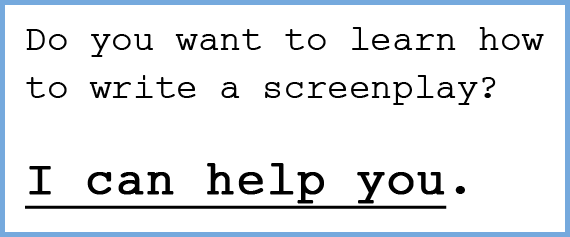

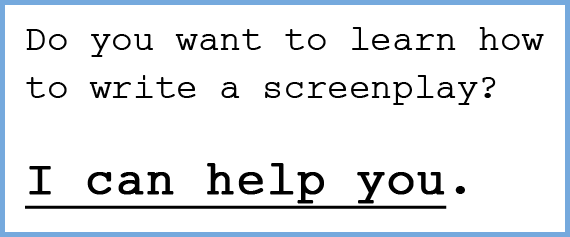
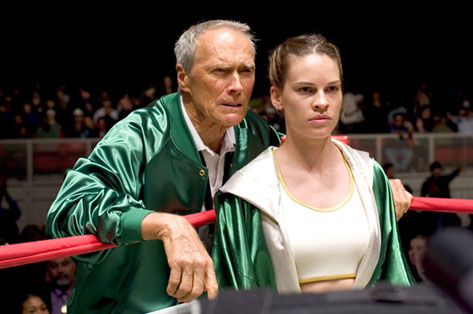
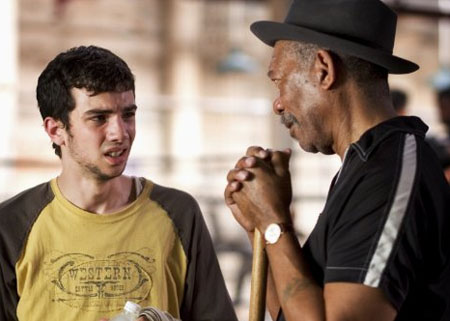

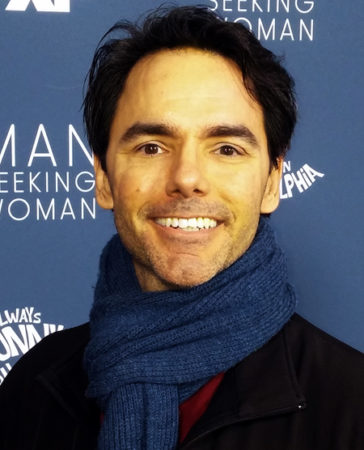 I’d love to help you get on your way, build your story with the strongest foundation possible and ultimately achieve your craft and career goals. If you’d like to work with me, please take a look at
I’d love to help you get on your way, build your story with the strongest foundation possible and ultimately achieve your craft and career goals. If you’d like to work with me, please take a look at 
